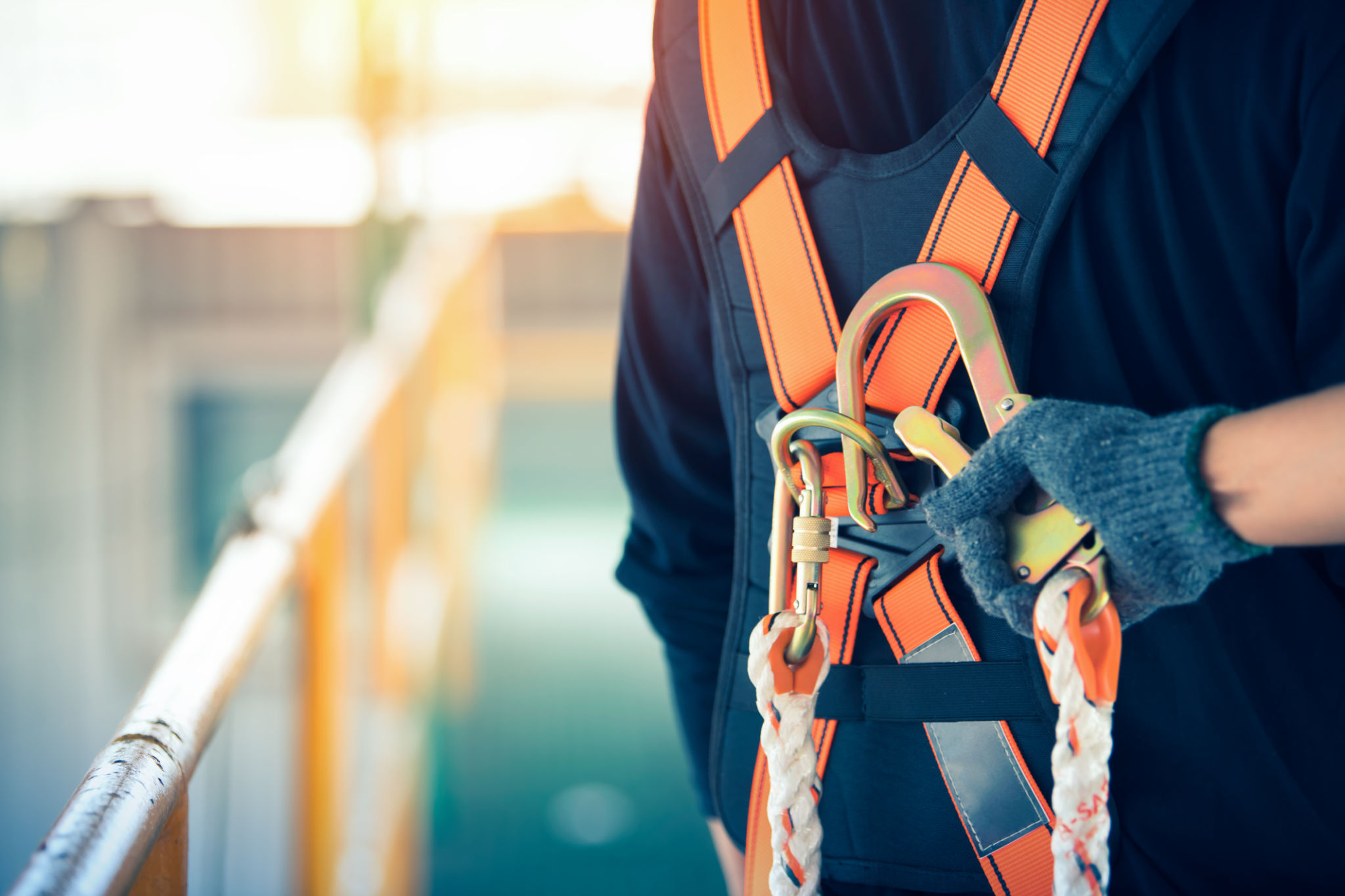Expert Tips for Maintaining Scaffold Safety in South Australia's Climate
Understanding the Importance of Scaffold Safety
Maintaining scaffold safety is crucial, especially in South Australia's unique climate. The region's weather conditions can pose various challenges, making it essential for construction companies and workers to follow rigorous safety protocols. Scaffolding accidents can lead to severe injuries or fatalities, highlighting the importance of proper installation, maintenance, and monitoring.
Proper scaffold safety ensures not only worker safety but also the efficiency and quality of construction projects. It is vital to understand the specific requirements and challenges posed by South Australia's environment to effectively mitigate risks.

Adapting to South Australia's Climate
South Australia's climate can be unpredictable, with hot summers, occasional heavy rainfall, and strong winds. These elements can affect the stability and integrity of scaffolding structures. Wind loads, for instance, can cause scaffolding to sway, making it hazardous for workers.
To adapt to these conditions, it is essential to regularly inspect scaffolding for any signs of weakness or damage. Using weather-resistant materials and ensuring that scaffolding is securely anchored are critical steps in maintaining stability during adverse weather conditions.
Regular Inspections and Maintenance
A critical aspect of scaffold safety is conducting regular inspections and maintenance. Inspections should be carried out by qualified personnel who can identify potential hazards such as loose bolts, damaged planks, or rusted components. Proactive maintenance helps prevent accidents by addressing issues before they escalate into significant problems.

It is also important to establish a routine maintenance schedule that considers the local climate factors. For instance, after a severe storm, scaffolding should be re-evaluated to ensure it remains safe for use.
Training and Education for Workers
Providing comprehensive training and education for workers is another critical component of scaffold safety. Workers should be trained not only in erecting and dismantling scaffolds but also in recognizing and responding to potential hazards. Safety training programs should be tailored to address the specific climatic challenges faced in South Australia.

Regular refresher courses and drills can help reinforce safety protocols and ensure that all workers are aware of the latest safety standards and practices. Encouraging a culture of safety on-site can significantly reduce the risk of accidents.
Utilizing Advanced Safety Equipment
The use of advanced safety equipment can greatly enhance scaffold safety. Items such as personal fall arrest systems, guardrails, and non-slip footwear are crucial in preventing accidents. Additionally, employing technologies like scaffold monitoring systems can provide real-time data on structural integrity and weather conditions.
Investing in quality safety equipment and technology not only protects workers but also contributes to the overall success and reputation of a construction project.
Conclusion: Commitment to Scaffold Safety
Maintaining scaffold safety in South Australia's climate requires a committed approach that combines regular inspections, proper training, and the use of advanced equipment. By prioritizing these elements, construction companies can ensure the well-being of their workers and the successful completion of their projects.
Ultimately, a proactive attitude towards scaffold safety not only safeguards lives but also enhances productivity and project outcomes in South Australia's dynamic construction industry.
